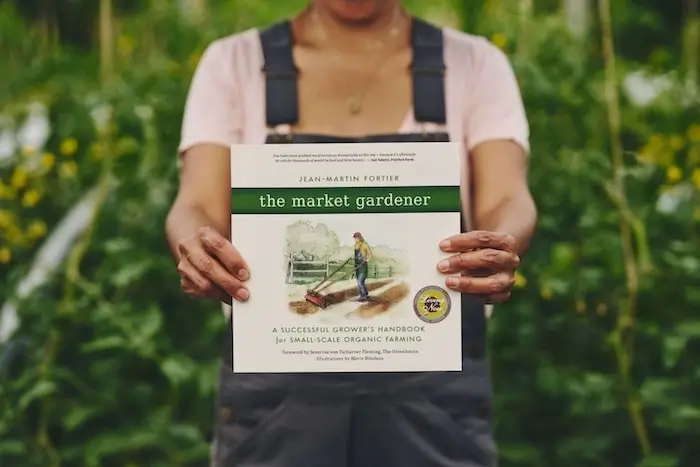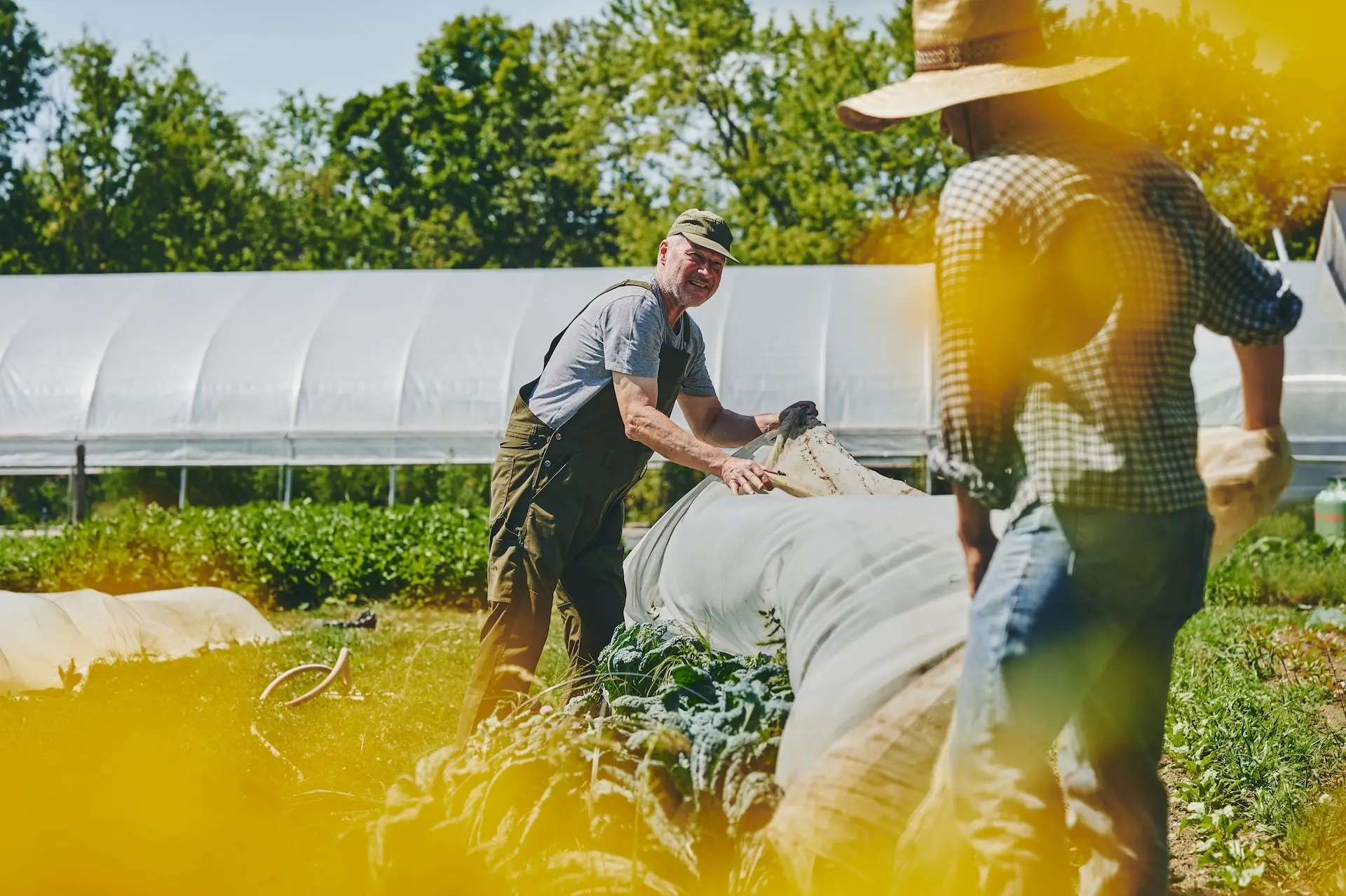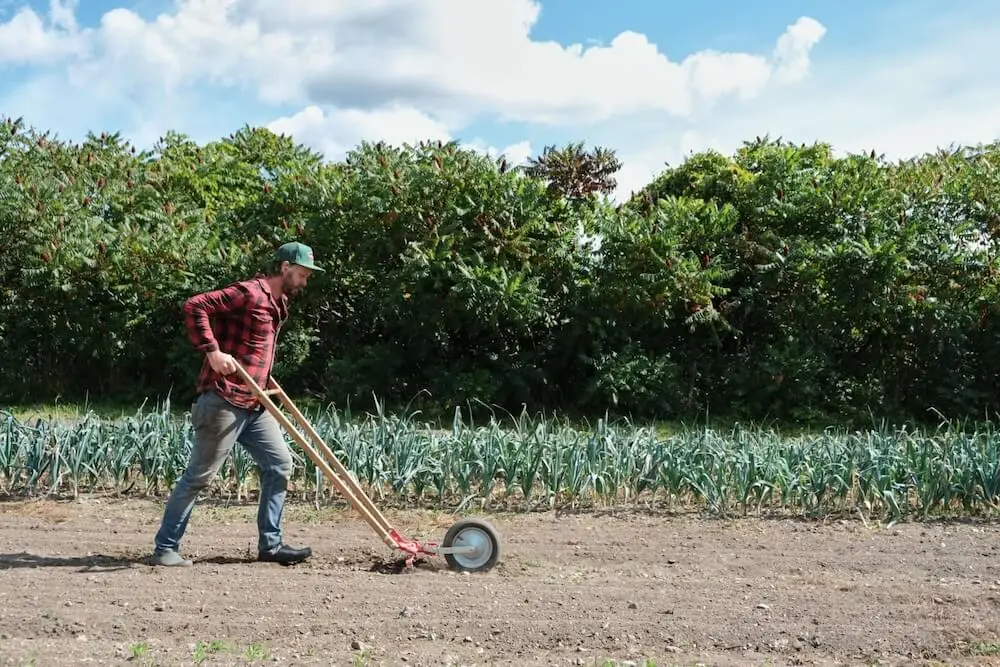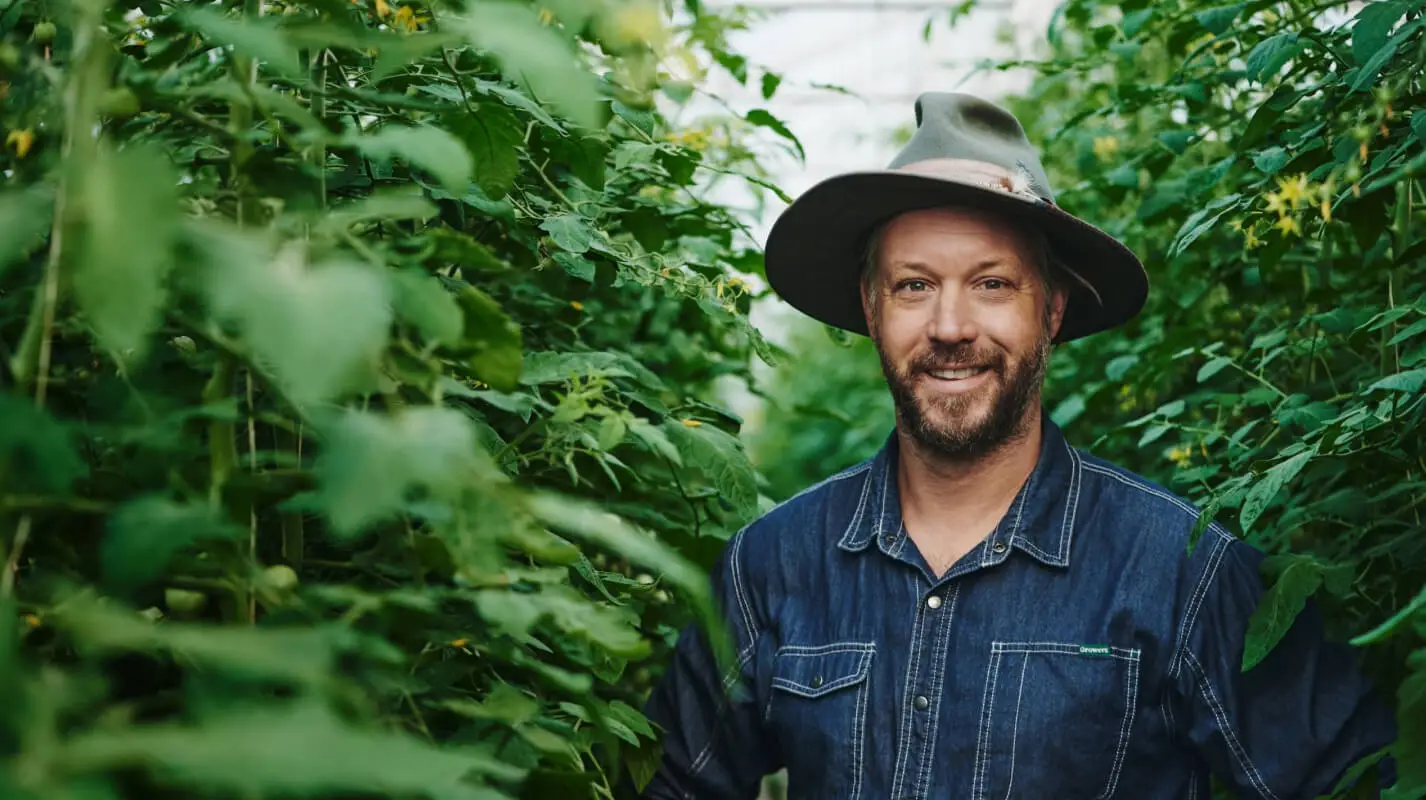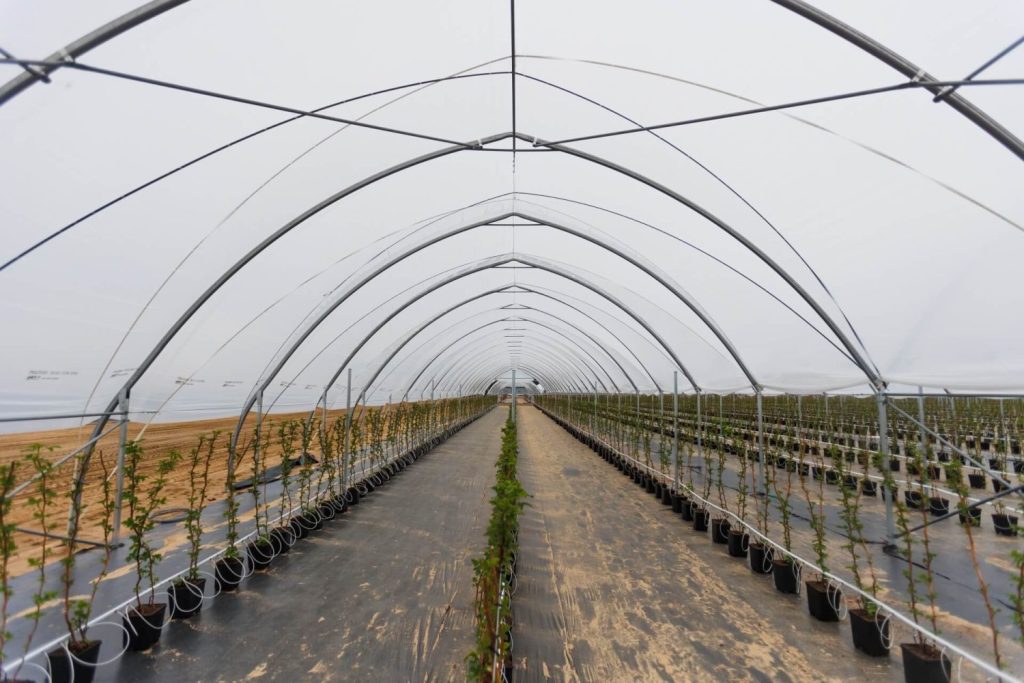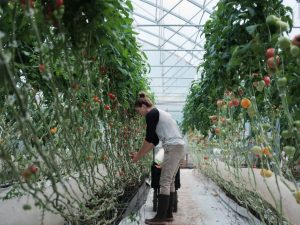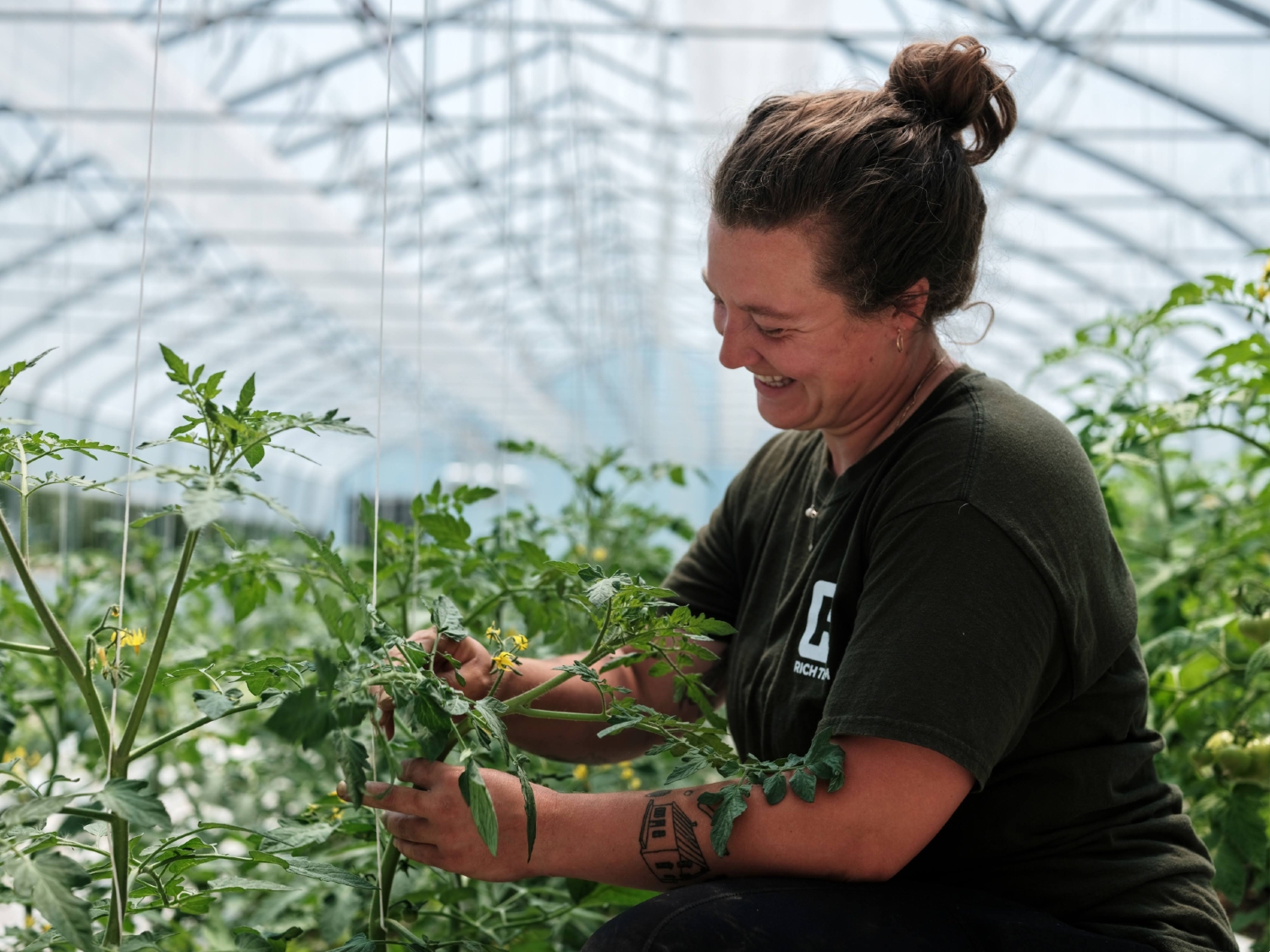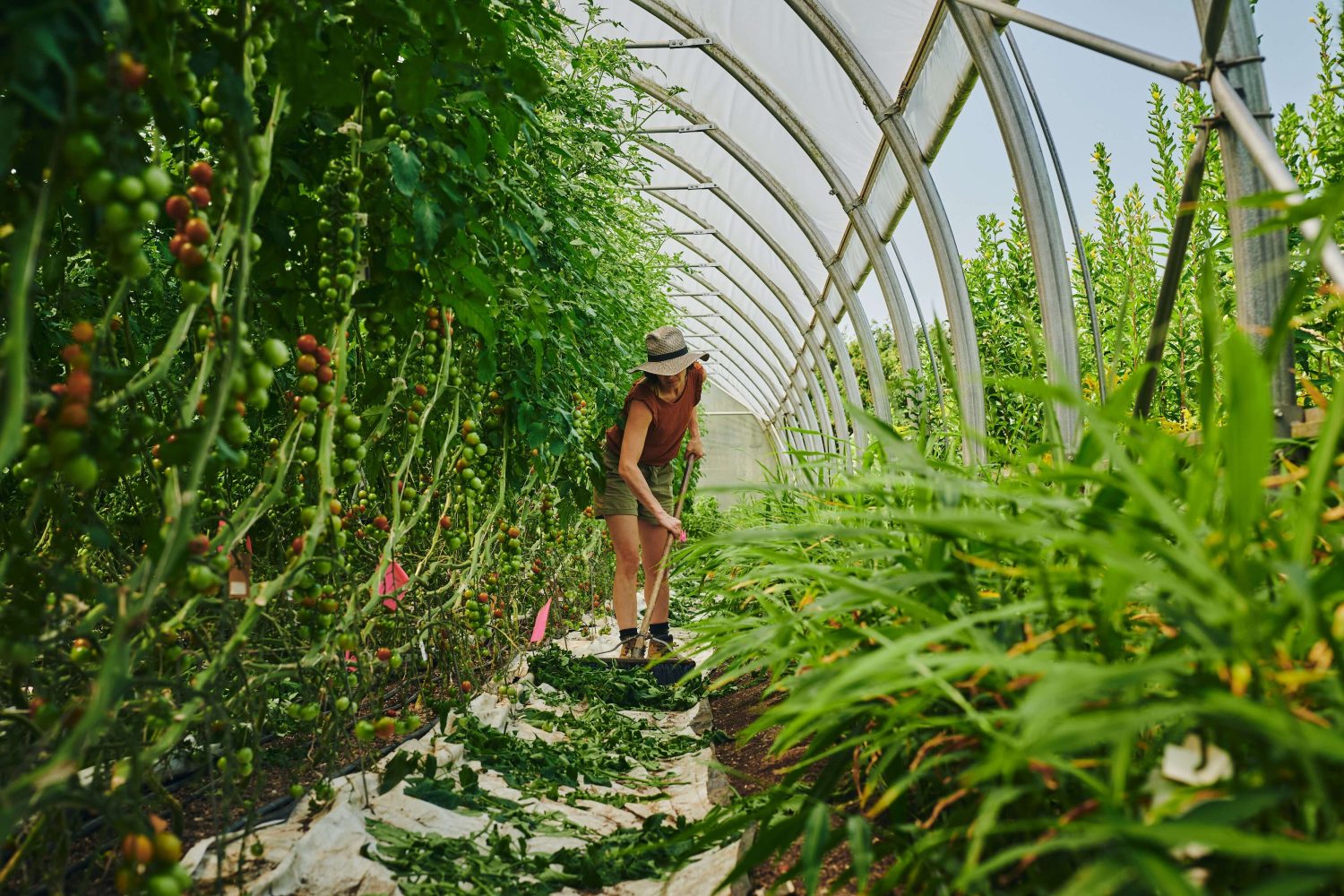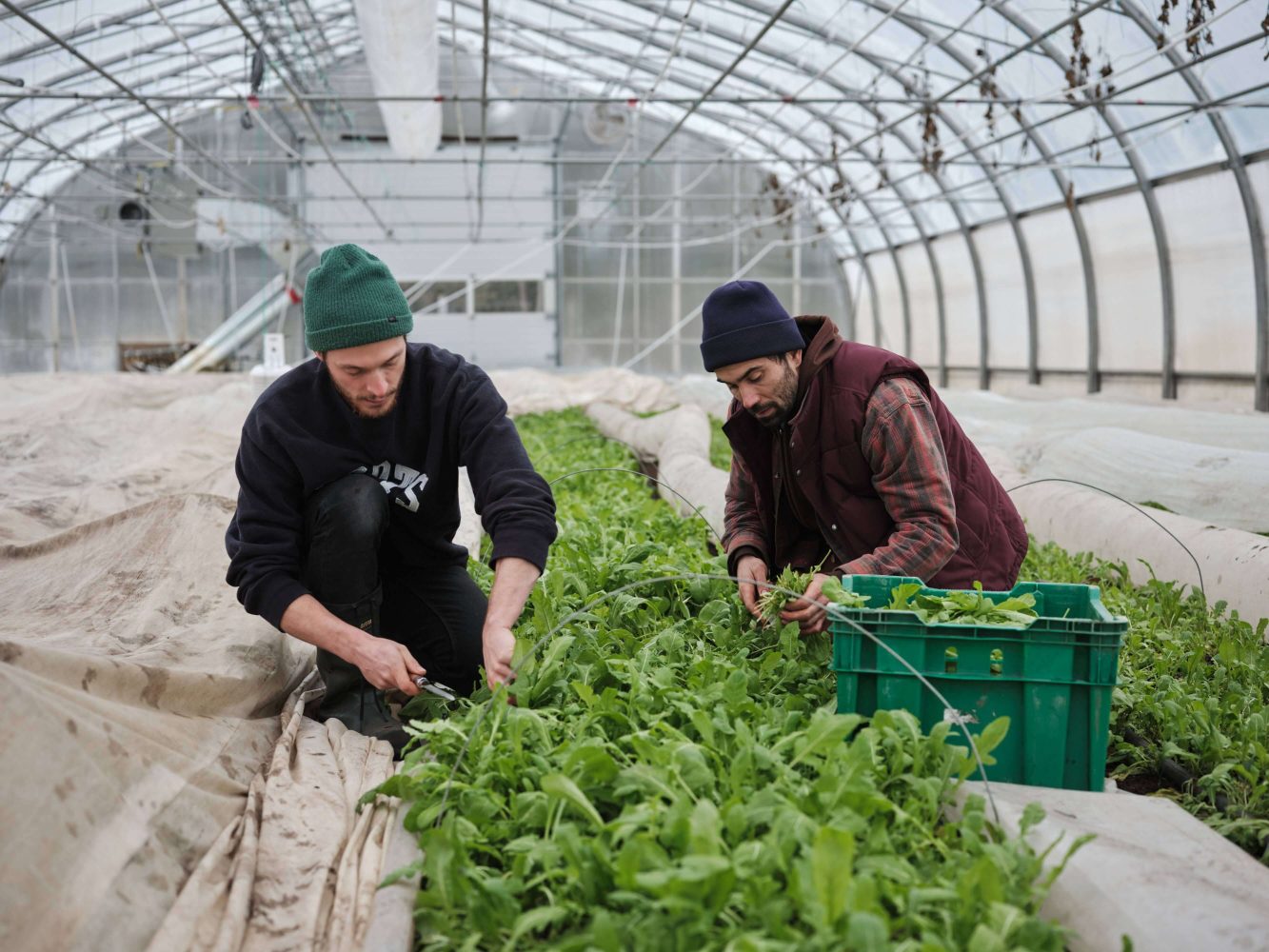When I first started out as a grower, protected culture felt like a luxury. We had cold frames, a few low tunnels, and eventually worked our way up to a couple of solid greenhouses. They were game-changers, no doubt—but they came with a hefty price tag and weren’t exactly easy to scale.
Over the years, as the climate becomes less predictable and the pressure to produce high-value crops more intense, one thing has become clear: greenhouse-style production is no longer optional. It’s the future.
And now, I believe we’re entering a new frontier in market gardening—high polytunnel greenhouses. These aren’t the flimsy, short-lived hoop houses of the past. They’re stronger, taller, more modular—and built for serious growers who want performance without the massive investment.
Why More Growers Will Be Switching to High Polytunnels
High tunnels—also called high polytunnels—have been around for decades. First developed in Europe and later popularized in North America thanks to USDA-backed research in the early 2000s, they were originally designed as a simple, cost-effective way to extend the growing season.
Unlike traditional greenhouses with rigid frames and polycarbonate panels, high tunnels are unheated, covered with polyethylene, and rely on passive solar heat and natural ventilation. What makes them special is their taller structure and wider footprint, which creates a more stable climate and gives you more usable space per square foot.
Compared to low hoop houses, high tunnels are a serious step up. They’re tall enough to walk through comfortably—even with a walk-behind or compact tractor—and that vertical space means you can trellis crops like tomatoes, cucumbers, soft fruits and pole beans across the entire structure, not just the center rows.
I’ve visited dozens of farms in France where high tunnels are the norm, and growers there always say the same thing: “Cooler in the summer, warmer in the spring and fall.” In other words, these tunnels are prime real estate for intensive production.
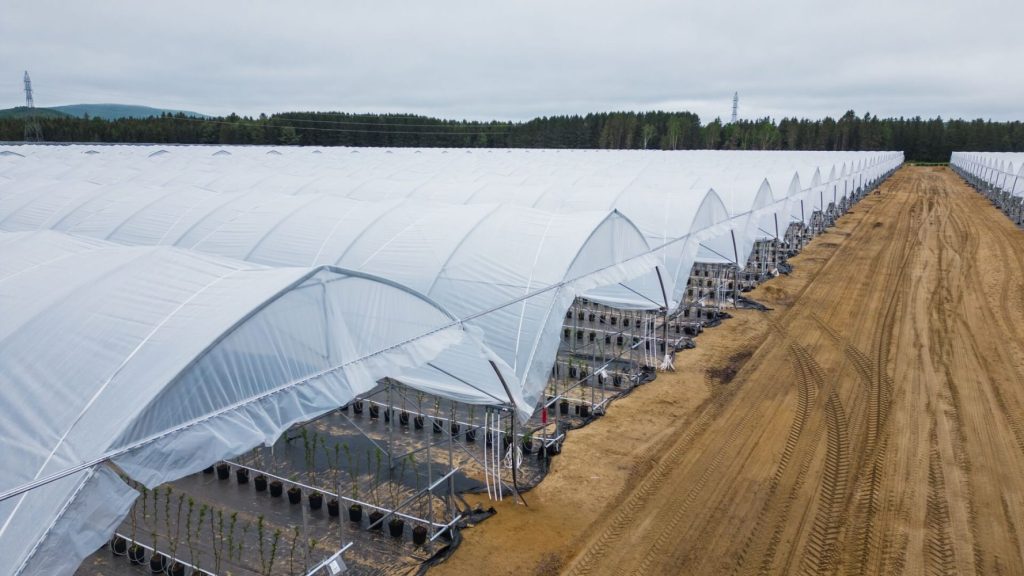
Stackable, Scalable—and Built for Profit
What excites me most about the newest generation of high tunnels is how well they align with the core philosophy that’s guided my entire career: maximize revenue per square foot. In market gardening, this is the metric that matters most. Every bed, every tunnel, every season has to deliver. And that’s where high tunnels really shine.
These structures let you start earlier in the spring, push later into the fall, and maintain high-quality production through summer stress. With better airflow, reduced disease pressure, and vertical growing potential across all beds—not just the center—you can fit more crops in less space and keep them healthy.
Even better, the new high tunnels are modular and stackable. Start with one bay, and as your business grows, you can simply add new sections. Because you’re building onto existing infrastructure, each additional bay requires about a third less material—making it far more affordable than building separate structures. It’s a logical, efficient way to expand production while keeping costs in check—and that, in my view, is the future of smart farm design.
For all these reasons, and the comparable price point, I’m excited about new-generation high tunnels like the TunnelPro Plus from Harnois. This structure just hit the market, and while I haven’t installed one yet on my farm, I’m seriously considering it for our next expansion. I’ve been working with Harnois for over 20 years, and in my opinion, they are the most respected name in greenhouse infrastructure in North America, building products that can handle Canadian winters, high winds, and the heavy demands of production farming.
So if you’re thinking about scaling up, transitioning to protected culture, or just making your farm more resilient—high tunnels are worth a serious look. The TunnelPro Plus might just be the tool that takes your market garden to the next level.
If there’s one thing I’ve learned in my years of growing under cover, it’s this: success in the greenhouse doesn’t come by chance. It comes from preparation. From thinking ahead, building the right systems, and knowing how to respond when things go wrong. Because they will.
Take Your High Tunnel Production to the Next Level
Mastering greenhouse farming doesn’t happen overnight—it takes the right systems, the right techniques, and the right mindset. After 15 years of growing under cover, I’ve gathered everything I’ve learned into an online course: Mastering Greenhouse Production.
This course, produced in collaboration with Harnois, gives you a step-by-step blueprint, from setting up your tunnel to managing climate, crops, and pests, so you can fast-track your success and maximize your returns.
Join our greenhouse farming course if you are ready to make your high tunnel your most profitable space!

